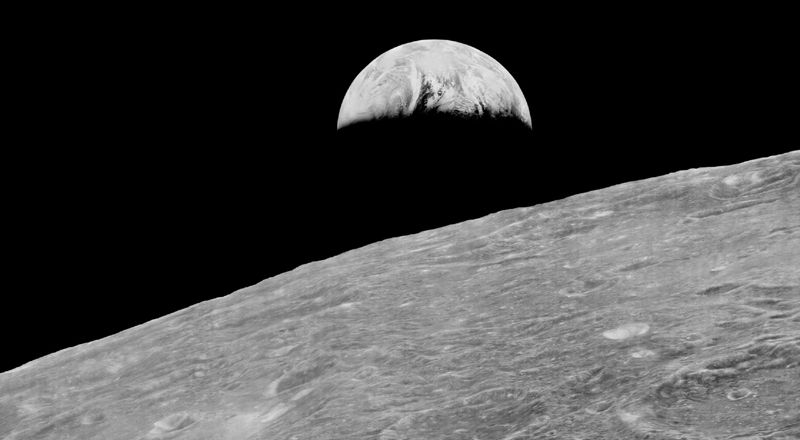The Man Who Named the Martian Day
A new memoir looks back at the early days of planetary exploration.
/https://tf-cmsv2-smithsonianmag-media.s3.amazonaws.com/filer/35/86/3586eb3c-5daa-4a7d-9751-361091f99997/lo_team_watching_earthrise.jpg)
Last summer’s Pluto flyby was a reminder of what space exploration is all about—showing us worlds we’ve only imagined, as they really appear, for the first time. These “first looks” have become a rarity in the 21st century, now that spacecraft like Voyager and Cassini have done at least a quick reconnaissance of most of the large bodies of the solar system.
But 50 years ago, John Newcomb and his colleagues still had all that terra ( or maybe extra-terra?) incognita ahead of them. They were part of the pioneering generation of engineers and scientists who had to figure out, from scratch, how to design, build, launch, and navigate the first interplanetary spacecraft.
In his new memoir, A Bunch of Plumbers, Newcomb, now retired and living in Tidewater, Virginia, not far from the NASA Langley Research Center where he started working in 1962, tells about the joys and struggles of those early planetary missions, including the Lunar Orbiters of the mid-’60s.
Ask most people which space mission took the first picture of an “Earthrise” over the moon and they’ll say Apollo 8 in 1968. Wrong! It was Lunar Orbiter 1, in 1966. And it almost didn’t happen. That spacecraft’s job was to take pictures of the moon to help scout Apollo landing sites, and originally there was no plan to turn its camera to point at Earth. One project manager even got angry at the suggestion, writes Newcomb. “This is just too much risk for us to take!” he said. “And if I hear about anybody planning this, I will personally fire them!” But wiser heads prevailed, and Lunar Orbiter 1 returned this historic image on August 23, 1966:

We often hear stories of the emotional toll exacted by working the long hours and short deadlines of the Apollo program. The teams that first explored the planets had similar pressures, and Newcomb writes of more than one colleague who cracked under the stress.
But there was tremendous satisfaction in achievements like the first Viking landings on Mars in 1976. That’s where Newcomb left his own personal mark on history by naming the Martian day, which ever since has been called the “Sol” by Mars scientists and engineers. Here’s how he tells the story:
As we developed the various mission designs, we needed a vocabulary so we could communicate. One thing that always required a bit of discussion was the simple term “day.” Was the speaker talking about Earth days or Mars days, and if they were talking about Mars days what kind of Mars day were they talking about since there were different ways of measuring days? The duration of our Earth day is 24 hours and is defined by the average time between two successive crossings of the Sun across a given longitude line. Astronomers call this a mean solar Earth day. We decided to use the same type of definition for a day on Mars, which would be the average time between two successive crossings of the Sun across a given Mars line of longitude.
The accurate description of this day was a Mars mean solar day, which is approximately 24 hours and 39 minutes. So just as a way to communicate, I said, “Let’s call the Mars mean solar day that we will be using a Sol.” And that name stuck. When we spoke of a day on Mars or a Mars day we would simply say a Sol. I still have a small sense of pride now when I hear the TV announcer comment that scientists call the Mars day a Sol.